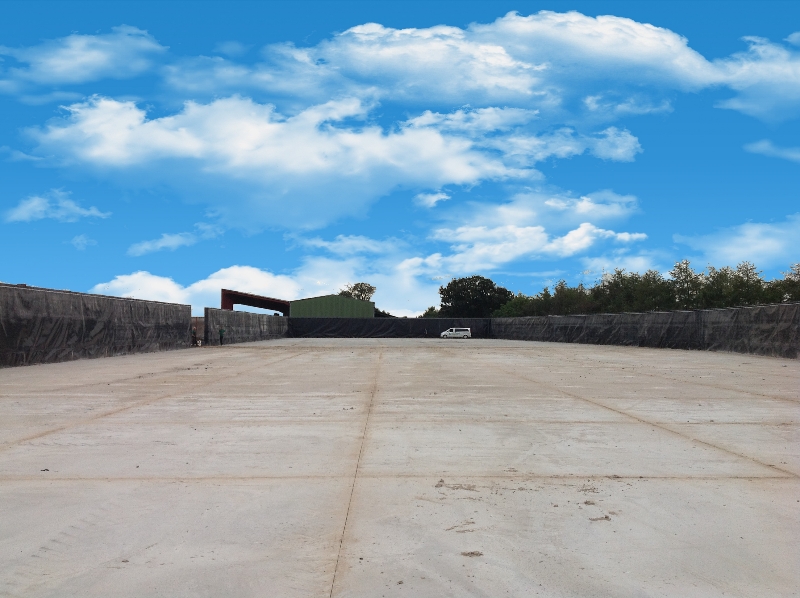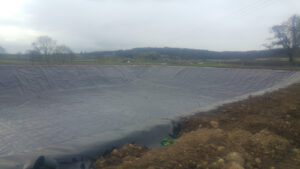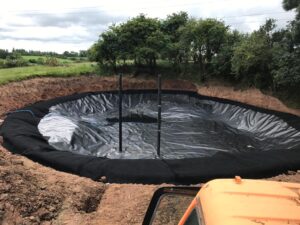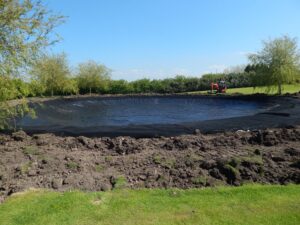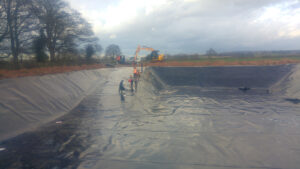In the realm of ground remediation, the use of geomembranes, liners, and geotextiles has emerged as a cornerstone in addressing environmental contamination and restoring degraded land. These versatile materials offer a range of benefits and applications, revolutionising the way we approach soil and groundwater remediation.
Understanding Geomembranes:
Geomembranes are impermeable liners made from synthetic materials like high-density polyethylene (HDPE), polyvinyl chloride (PVC), or ethylene propylene diene monomer (EPDM). These robust liners are engineered to prevent the migration of contaminants, creating barriers that protect against seepage into soil or groundwater.
Benefits in Ground Remediation:
Contaminant Containment:
One of the primary roles of geomembranes in ground remediation is containment. Placed in strategic areas such as landfills, ponds, or contaminated sites, these liners prevent the spread of pollutants, effectively containing them and preventing further environmental degradation.
Groundwater Protection:
Geomembranes act as shields, safeguarding groundwater from contamination by toxic substances. By creating impermeable barriers, they inhibit the migration of pollutants, preserving the quality of vital water sources.
The Role of Liners:
Liners, including geomembranes, play a vital role in capping contaminated sites. They seal off polluted areas, preventing rainwater infiltration and leaching of contaminants, which could further spread pollutants into surrounding soil and water sources.
Geotextiles for Reinforcement:
Geotextiles, though not impermeable like geomembranes, are crucial in ground remediation. These permeable fabrics offer reinforcement and stability in soil remediation projects. Geotextiles aid in filtration, drainage, and erosion control, complementing the function of geomembranes and liners.
Applications in Remediation:
Geomembranes, liners, and geotextiles find extensive use in various remediation scenarios, including:
Landfills: Lining systems prevent leachate from polluting surrounding soil and groundwater.
Contaminated Sites: Cap liners restrict the spread of pollutants, aiding in site cleanup.
Erosion Control: Geotextiles reinforce soil, controlling erosion in remediation projects.
Environmental Impact and Sustainability:
These materials contribute to environmental sustainability by containing and mitigating pollution. They facilitate the restoration of contaminated sites, promoting land rehabilitation and the revitalisation of ecosystems affected by human activities.
Conclusion:
Geomembranes, liners, and geotextiles are indispensable tools in ground remediation efforts. Their ability to contain, isolate, and reinforce contaminated areas plays a pivotal role in restoring environmental balance. By creating impermeable barriers and offering soil reinforcement, these materials pave the way for effective remediation, facilitating the restoration of degraded land and contributing to a sustainable environment for future generations. As technologies advance, the continued development and application of these materials will remain instrumental in addressing environmental challenges and ensuring a healthier planet.
To find out more about our products and services and how we can help you, please contact us using the below –
Tel: 01695 228626
Email: enquiries@enviroseal.co.uk

